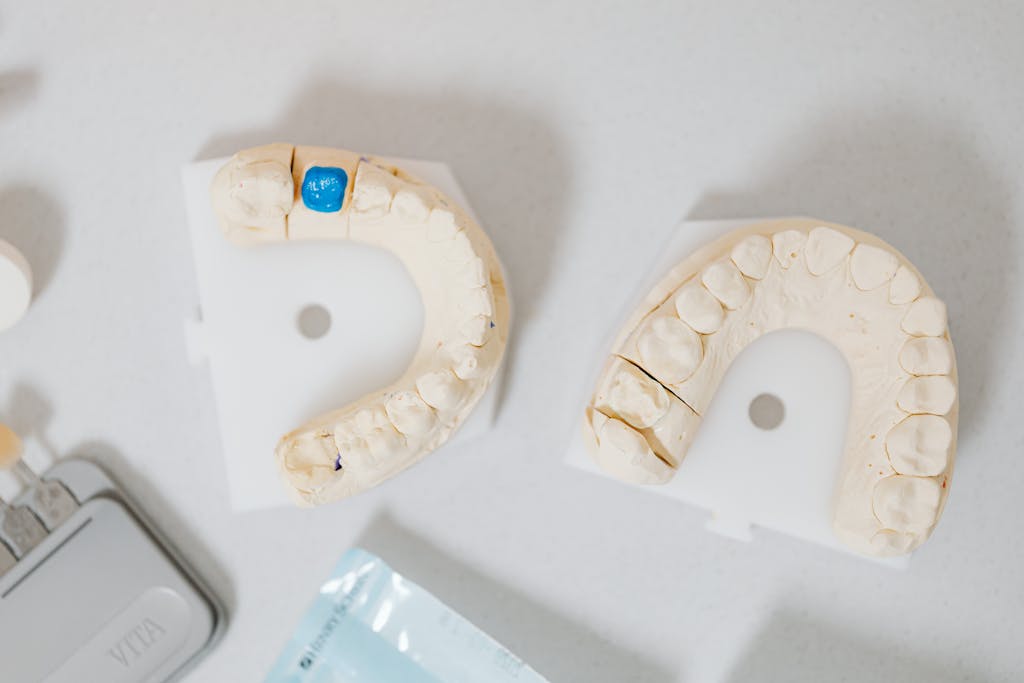
Dental Crown Ghatkopar East Crowns and Bridges: Restorative Solutions for a Healthy, Confident Smile
Maintaining strong and healthy teeth is essential for overall oral health. However, accidents, decay, or natural wear and tear can sometimes damage or lead to the loss of teeth. This is where Dental Crown Ghatkopar East Mumbai come into play, offering effective, restorative solutions to bring back the functionality and aesthetics of your smile. Here, we’ll explore everything you need to know about crowns and bridges, highlighting their benefits, procedures, and care tips.
What Are Crowns and Bridges – Dental Crown Ghatkopar East Mumbai?
Dental Crown Ghatkopar East Mumbai
A dental crown ghatkopar east mumbai, also known as a cap, is a custom-made covering placed over a damaged or weakened tooth. Crowns are designed to restore the tooth’s shape, size, strength, and appearance, providing durability and protection.
Bridges
A dental bridge is a fixed dental restoration used to replace one or more missing teeth. It is anchored by crowns on adjacent healthy teeth or dental implants and spans the gap left by the missing teeth, effectively “bridging” the space.
Benefits of Crowns and Bridges – Dental Crown Ghatkopar East Mumbai
-
- Enhanced Aesthetics:
-
- Both crowns and bridges are crafted to match the color, shape, and size of your natural teeth, ensuring a seamless appearance.
-
- Enhanced Aesthetics:
-
- Improved Functionality:
-
- Crowns restore the ability to chew and bite effectively, while bridges restore gaps to ensure balanced oral functionality.
-
- Improved Functionality:
-
- Strength and Durability:
-
- Dental crown ghatkopar east mumbai strengthen weakened teeth, protecting them from further damage.
-
- Bridges provide a stable, long-term solution for missing teeth.
-
- Strength and Durability:
-
- Prevention of Teeth Shifting:
-
- Missing teeth can cause adjacent teeth to shift. Bridges help maintain proper tooth alignment.
-
- Prevention of Teeth Shifting:
-
- Boosted Confidence:
-
- A complete and beautiful smile improves self-esteem and social interactions.
-
- Boosted Confidence:
When Are Crowns and Bridges Needed?
-
- Severely Damaged Teeth:
-
- Teeth with significant decay, fractures, or large fillings often require crowns for structural integrity.
-
- Severely Damaged Teeth:
-
- Post-Root Canal Therapy:
-
- Teeth that undergo a root canal become fragile and typically need crowns for protection.
-
- Post-Root Canal Therapy:
-
- Missing Teeth:
-
- Dental bridges are an excellent option for replacing one or more missing teeth without surgery.
-
- Missing Teeth:
-
- Aesthetic Concerns:
-
- Crowns can cover misshapen, discolored, or uneven teeth for a polished appearance.
-
- Aesthetic Concerns:
The Process of Getting Crowns and Bridges
-
- Consultation and Examination:
-
- Your dentist evaluates your oral health and determines whether crowns or bridges are suitable for your needs.
-
- Consultation and Examination:
-
- Tooth Preparation:
-
- For crowns, the tooth is shaped to accommodate the crown. For bridges, adjacent teeth are prepared to anchor the restoration.
-
- Tooth Preparation:
-
- Impressions:
-
- Impressions of your teeth are taken to create a custom-fit crown or bridge.
-
- Impressions:
-
- Temporary Restoration:
-
- A temporary crown or bridge is placed while the permanent restoration is being fabricated.
-
- Temporary Restoration:
-
- Placement of Permanent Crowns or Bridges:
-
- Once ready, the custom-made crowns or bridges are cemented or fixed into place.
-
- Placement of Permanent Crowns or Bridges:
Materials Used for Crowns and Bridges
-
- Porcelain:
-
- Offers a natural appearance and is ideal for visible teeth.
-
- Porcelain:
-
- Metal:
-
- Extremely durable, commonly used for back teeth.
-
- Metal:
-
- Porcelain Fused to Metal (PFM):
-
- Combines aesthetics and strength.
-
- Porcelain Fused to Metal (PFM):
-
- Zirconia:
-
- Known for its durability and realistic look.
-
- Zirconia:
Caring for Crowns and Bridges
-
- Maintain Oral Hygiene:
-
- Brush twice daily and floss to keep the area around your crowns and bridges clean.
-
- Maintain Oral Hygiene:
-
- Avoid Hard Foods:
-
- Chewing on hard objects or foods can damage crowns or loosen bridges.
-
- Avoid Hard Foods:
-
- Regular Dental Visits:
-
- Regular check-ups ensure that your crowns and bridges remain in good condition.
-
- Regular Dental Visits:
-
- Use a Mouthguard:
-
- Protect your restorations if you grind your teeth or engage in contact sports.
-
- Use a Mouthguard:
Conclusion
Crowns and bridges are invaluable solutions for restoring damaged or missing teeth, improving both the function and aesthetics of your smile. With their durability, strength, and natural appearance, they have become trusted treatments in modern dentistry. Consult Dr Sonali Shah Dental Clinic Ghatkopar East Mumbai India to explore how crowns and bridges can enhance your oral health and bring back your confidence.
